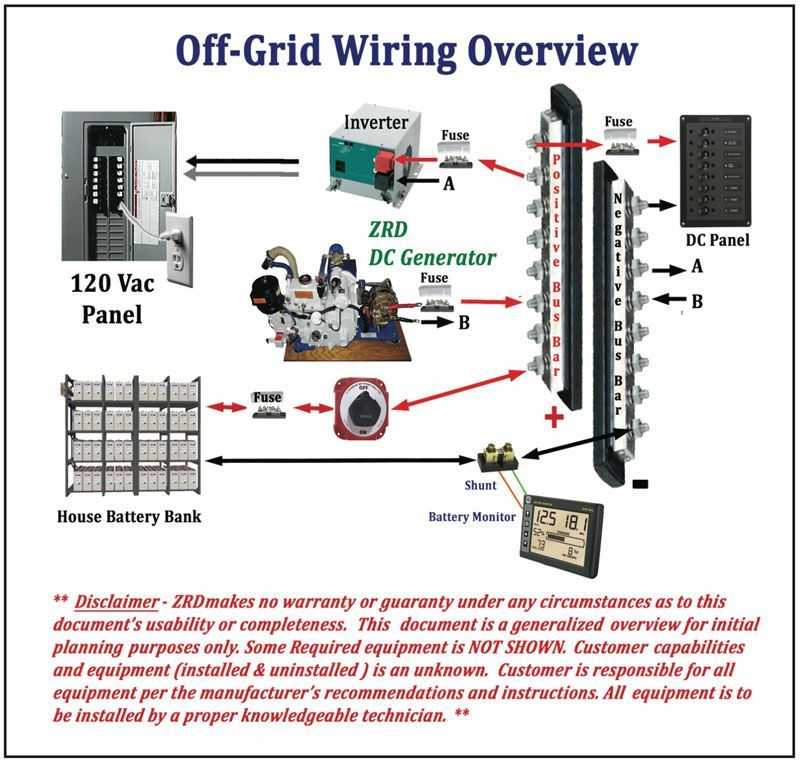Off-Grid Electrical Sourcing Options Over the years, we (outdoorsmen) have become accustomed to the many creature comforts of modern life. Whether it’s watching TV or a movie, talking or texting on our cellphones and PDAs, or simply making a morning cup of coffee, all of these devices have one thing in common, they require electrical power. In off-grid situations, the challenge is; how do we generate, store, and make available electric power. This series of articles will provide the basic concepts required to provide a steady and reliable source of power no matter where the need is.
Review previous articles to determine the correct battery bank size that will meet your requirements and the proper writing techniques.
As you operate your equipment, occasionally monitor your Battery Bank’s digital display panel that functions just like your car’s fuel gauge. It will be readily apparent when you need to start your DC Generator to recharge the Battery Bank to allow continued operation.
For the longest battery life, adhere to a maximum 30-50% discharge condition. After the battery bank is recharged, turn off your DC Generator and continue Environmentally
Friendly operations – Quietly. Additionally, the battery bank’s digital display panel has integrated circuitry that monitors the battery bank health. When the information the panel provides is supervised by the operator, he will be informed approximately 6-12 months in advance of the battery bank needing replacement due to aging and weakening. This prevents one from ever getting caught without power due to a worn out or defective battery bank.
In the next issue of CAM Okeechobee, we’ll discuss the integration of Continuing with our series on Electrical Sourcing, we will now discuss standard and alternative energy sourcing.The first step is to connect an inverter to enable powering your 120Vac Loads. With a properly sized inverter and battery bank, you have 120Vac power to operate all of your “household” appliances, tools, and toys. It is that simple. The inverter receives DC power from the battery bank and then inverts it into 120Vac to supply your panel that then powers each of its circuits.








